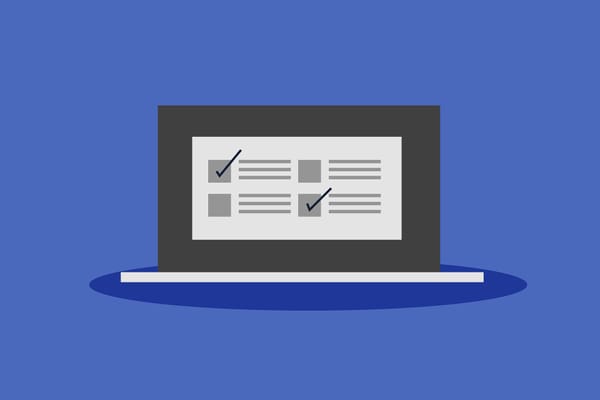Strava app might reveal your home address. How to stay safe on your run.

Strava, a popular fitness tracking app, features a global heatmap displaying the routes taken by its users during their workouts. While the heatmap was intended to showcase the app's widespread usage, researchers claim that it might reveal the home addresses of users who are choosing less popular Strava routes.
By analyzing the data from Strava's heatmap feature and combining it with OpenStreetMaps and even voter registration data, researchers from North Carolina State University said there was a 37.5% chance of successfully revealing the address. Strava believes this figure to be misleading as the research referred to a few select rural areas.
In other words, when training on popular routes, the heatmap data cannot be tied to a single user. On the other hand, on unpopular trails, there's a good chance that you're the only one generating the 'heat' in that area.
Enjoy your workouts without compromising your personal information
Regardless of the fitness app you use, consider the following tips to protect your privacy:
- Review and adjust privacy settings: Most apps offer privacy settings that allow you to control the visibility of your workout data. Make sure to review these settings and change them according to your preferences.
- Limit location sharing: Some fitness apps allow you to limit the sharing of your location data. Consider enabling this feature to prevent your exact location from being disclosed.
- Start and stop tracking away from home: Rather than starting your workout tracking at your front door, begin a short distance away from your home. This can help prevent your exact home address from being revealed.
- Avoid routine patterns: Vary your workout routes and times to prevent creating a pattern that could be used to determine your location or daily habits.
- Be cautious with social sharing: Fitness apps often include social features that allow you to share your workouts with friends or the public. Be mindful of the information you share and consider limiting the visibility of your posts.
- Use a pseudonym or nickname: Instead of using your full name on fitness apps, consider using a pseudonym or nickname to protect your identity.
- Regularly update your app: Keep your fitness app up-to-date to ensure you have the latest security features and bug fixes.
- Research app permissions: Before downloading a fitness app, research the permissions it requires. Avoid apps that request unnecessary or excessive access to your personal data.
There is never too late to come on the safe side of the Internet. If you want to check if your fitness app suffered from a breach or disclosed your data, Digital Identity Protection can help you. Bitdefender Digital Identity Protection scours the Internet (also the Dark web) for bits and pieces of information about you and lets you see your digital footprint.
In case of a future breach, you will receive an alert, and you'll know what type of information was exposed, how risky this is for you, and what to do next. Check out plans and monitor your digital footprint, starting with an email address and phone number.
tags
Author
Cristina is a freelance writer and a mother of two living in Denmark. Her 15 years experience in communication includes developing content for tv, online, mobile apps, and a chatbot.
View all postsRight now Top posts
How to Protect Your WhatsApp from Hackers and Scammers – 8 Key Settings and Best Practices
April 03, 2025
Outpacing Cyberthreats: Bitdefender Together with Scuderia Ferrari HP in 2025
March 12, 2025
Streamjacking Scams On YouTube Leverage CS2 Pro Player Championships to Defraud Gamers
February 20, 2025
How to Identify and Protect Yourself from Gaming Laptop Scams
February 11, 2025
FOLLOW US ON SOCIAL MEDIA
You might also like
Bookmarks







